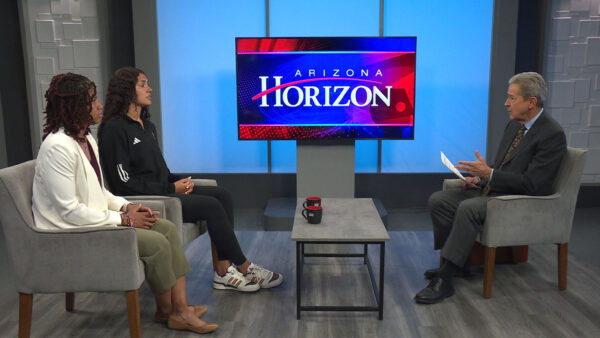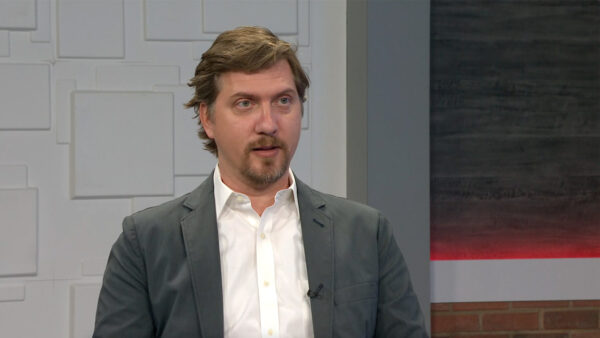Lucy the Fossil, 50 years later
April 23
Donald Johanson is the paleontologist who discovered the famous “Lucy” fossil, probably our most important human ancestor. This November will mark 50 years since Johanson’s discovery. The 3.2-million-year-old fossilized skeleton remains the most complete representative of human ancestors who were adapting to life on a changing landscape.
Johanson explained Lucy died on the edge of a lake, and her bones were fossilized from the sand that covered her.
Johanson was excavating with a team in Ethiopia when he discovered Lucy.
“I came along in 1974 on November 24, and I glance over my right shoulder, and I saw a piece of her elbow. And when I kneeled down to look at it, I knew it wasn’t from a monkey or antelope. It had to be from a human ancestor,” said Johanson.
“We spend our days in these labs studying the shape of bones and anatomy and so on, and I could tell right away that this had to be a human. But it was so tiny that it was quite surprising,” Johanson continued.
“I could see a bit of jaw; I could see a bit of arm. I could see a bit of leg. And I realized at that moment that this was part of a skeleton of a human ancestor who lived and walked on that landscape 3.2 million years ago,” Johanson said.
Lucy, who is an early Australopithecine, was a species that had yet to be discovered at the time.
“I didn’t know exactly who she was. There were aspects of her teeth, which change quite a bit over time, and I could see that it looked much more ape-like than anything we’d found before. And, four years later, she was announced with the name Australopithecine, which is after the region where she was found,” said Johanson.
Johanson and his team concluded from the length of her thighbone that Lucy was only about three and a half feet tall. Since her wisdom teeth were impacted, they also concluded Lucy was a full-grown adult.
“Lucy brought about a really new perspective. It broke the 3-million-year time barrier. We had other fossils that went back to about 3 million, but very few fossils of human ancestry had lived before 3 million years. And what she did was that she had us redraw the human family tree, the shape of the tree, the geometry of the tree. And we believe that she was the last common ancestor that led to our own genes- homo (latin for man),” said Johanson.
“So she was a terribly important discovery of a new, unique species,” concluded Johanson.




















